overleaf template galleryCommunity articles — Recent
Papers, presentations, reports and more, written in LaTeX and published by our community.
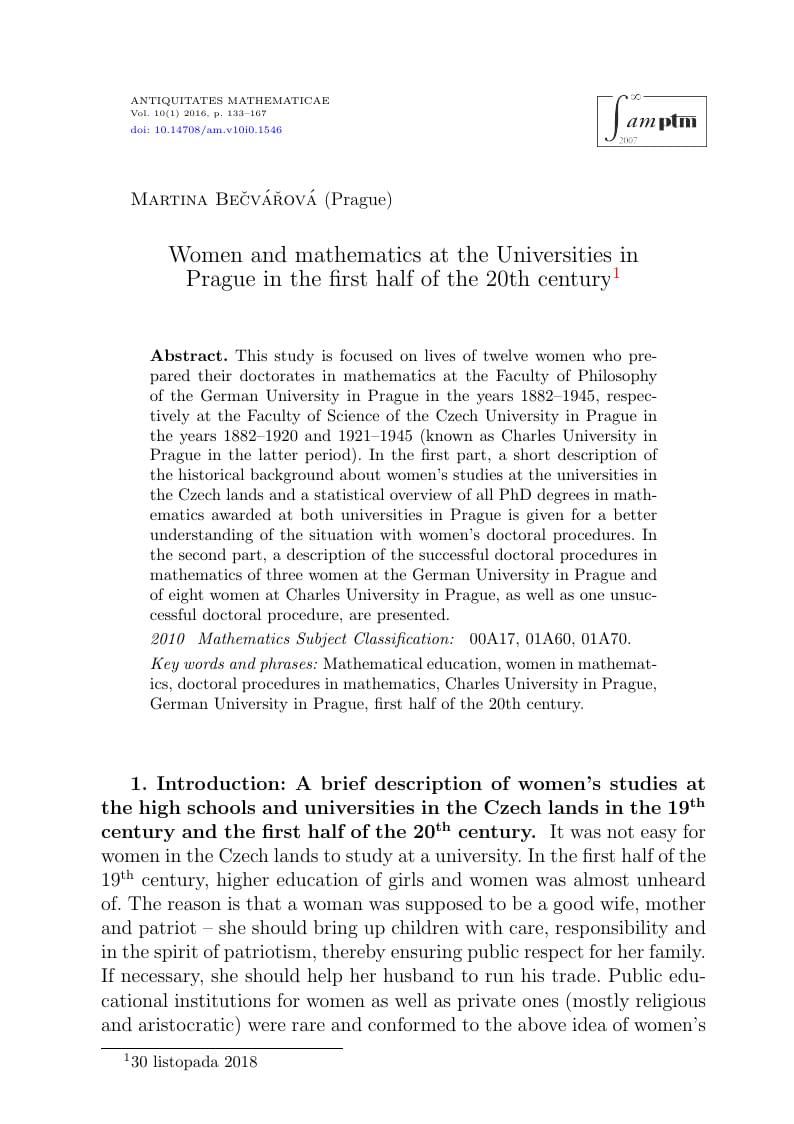
This study is focused on lives of twelve women who prepared their doctorates in mathematics at the Faculty of Philosophy of the German University in Prague in the years 1882–1945, respectively at the Faculty of Science of the Czech University in Prague in the years 1882–1920 and 1921–1945 (known as Charles University in Prague in the latter period). In the first part, a short description of the historical background about women's studies at the universities in the Czech lands and a statistical overview of all PhD degrees in mathematics awarded at both universities in Prague is given for a better understanding of the situation with women's doctoral procedures. In the second part, a description of the successful doctoral procedures in mathematics of three women at the German University in Prague and of eight women at Charles University in Prague, as well as one unsuccessful doctoral procedure, are presented.
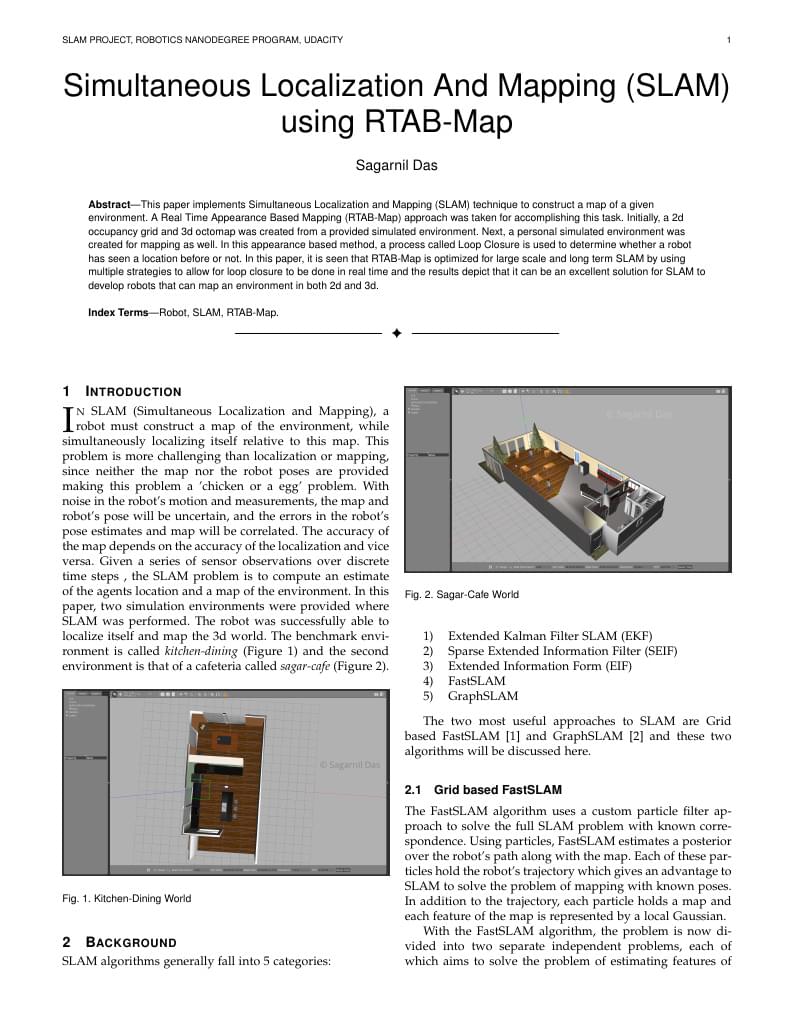
This paper implements Simultaneous Localization and Mapping (SLAM) technique to construct a map of a given environment. A Real Time Appearance Based Mapping (RTAB-Map) approach was taken for accomplishing this task. Initially, a 2d occupancy grid and 3d octomap was created from a provided simulated environment. Next, a personal simulated environment was created for mapping as well. In this appearance based method, a process called Loop Closure is used to determine whether a robot has seen a location before or not. In this paper, it is seen that RTAB-Map is optimized for large scale and long term SLAM by using multiple strategies to allow for loop closure to be done in real time and the results depict that it can be an excellent solution for SLAM to develop robots that can map an environment in both 2d and 3d.
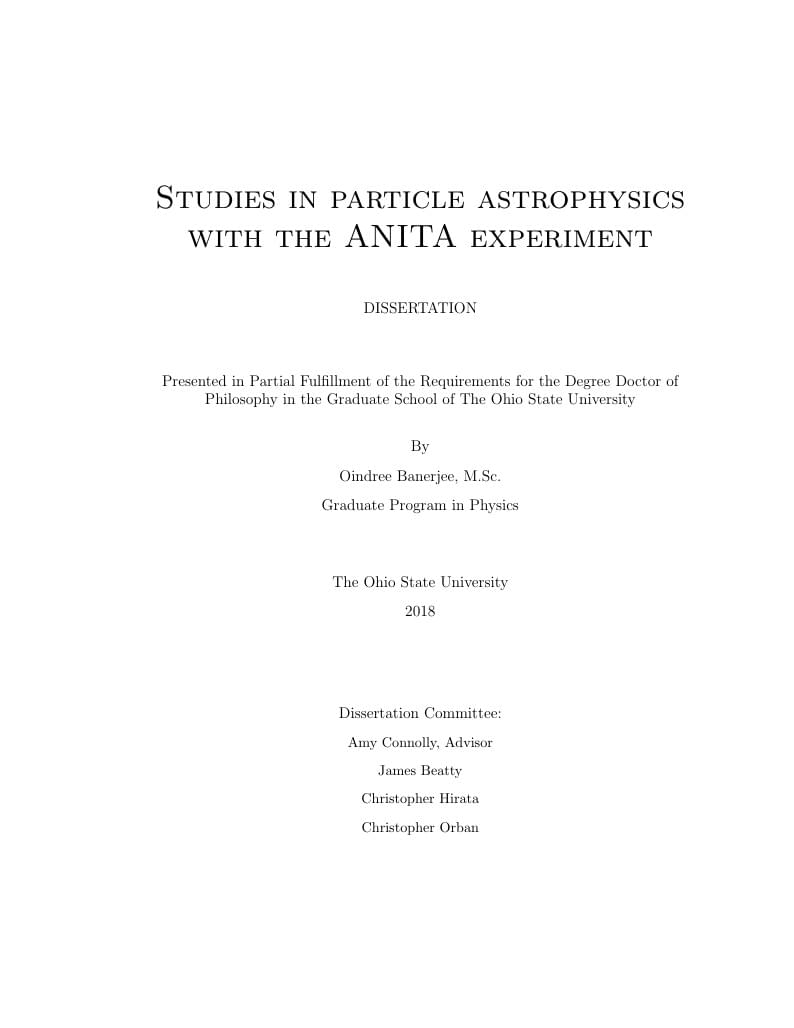
The Antarctic Impulsive Transient Antenna (ANITA) is a NASA long-duration balloon experiment with the primary goal of detecting ultra-high-energy (\(> 10^{18}\)eV) neutrinos via the Askaryan Effect. In the fourth ANITA mission, the Tunable Universal Filter Frontend (TUFF) boards were deployed for mitigation of narrow-band, anthropogenic noise with tunable, switchable notch filters. They contributed to a factor of 2.8 higher total instrument livetime in ANITA-4 compared to ANITA-3. A search for a diffuse flux of ultra-high-energy neutrinos was conducted using the data collected during the ANITA-3 flight with a new approach where the Antarctic ice area is sectioned off into bins and a search is performed with different thresholds in different bins. The binned analysis methods were extended to the development of a search for neutrinos from Gamma Ray Bursts, implementing constraints in time, and for the first time, in direction. Lower analysis thresholds were achieved in a feasibility search even when extending the search to include longer afterglow periods. Authored with osudiss-2.cls (v0.9.1)
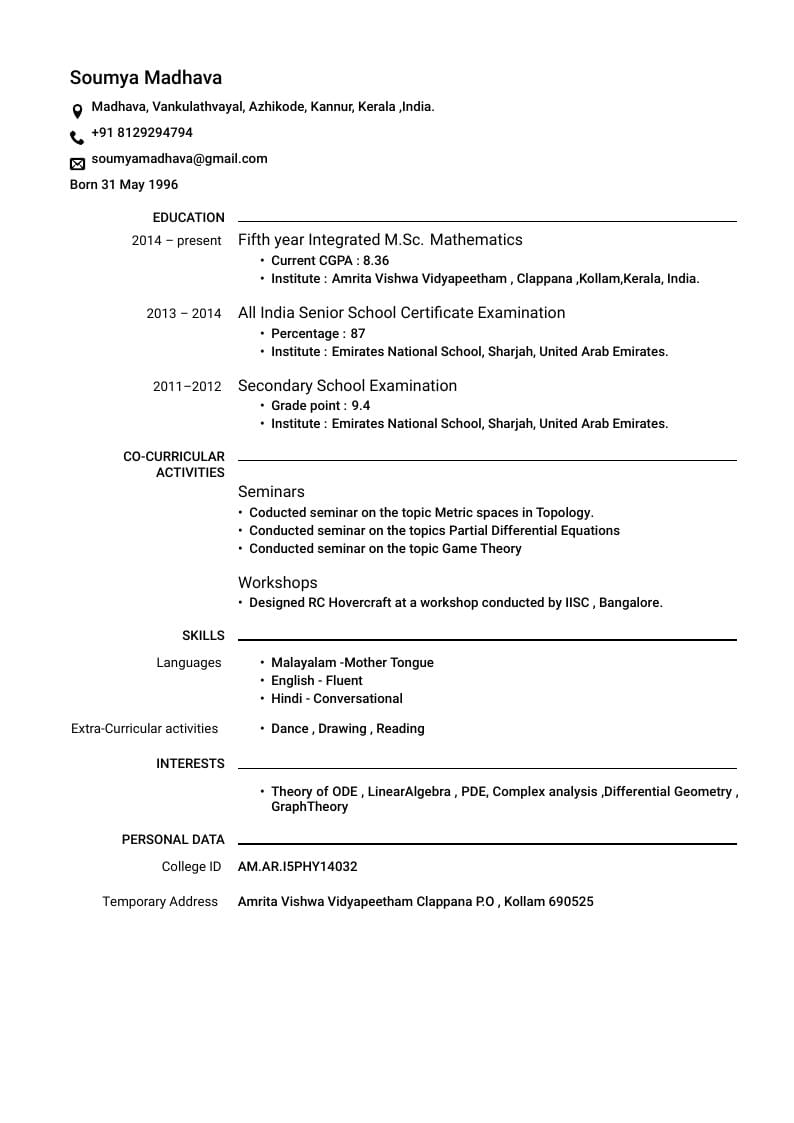
Soumya Madhava's CV
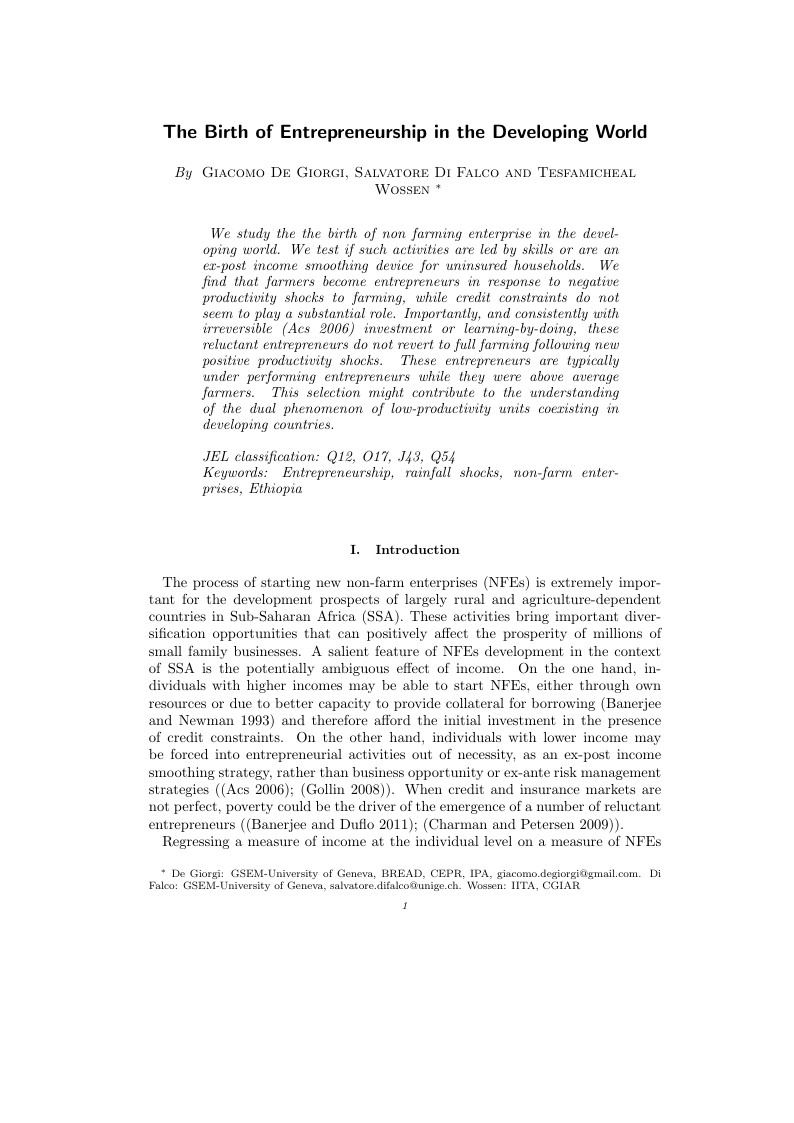
We study the the birth of non farming enterprise in the developing world. We test if such activities are led by skills or are an ex-post income smoothing device for uninsured households. We find that farmers become entrepreneurs in response to negative productivity shocks to farming, while credit constraints do not seem to play a substantial role. Importantly, and consistently with irreversible investment or learning-by-doing, these reluctant entrepreneurs do not revert to full farming following new positive productivity shocks. These entrepreneurs are typically under performing entrepreneurs while they were above average farmers. This selection might contribute to the understanding of the dual phenomenon of low-productivity units coexisting in developing countries.
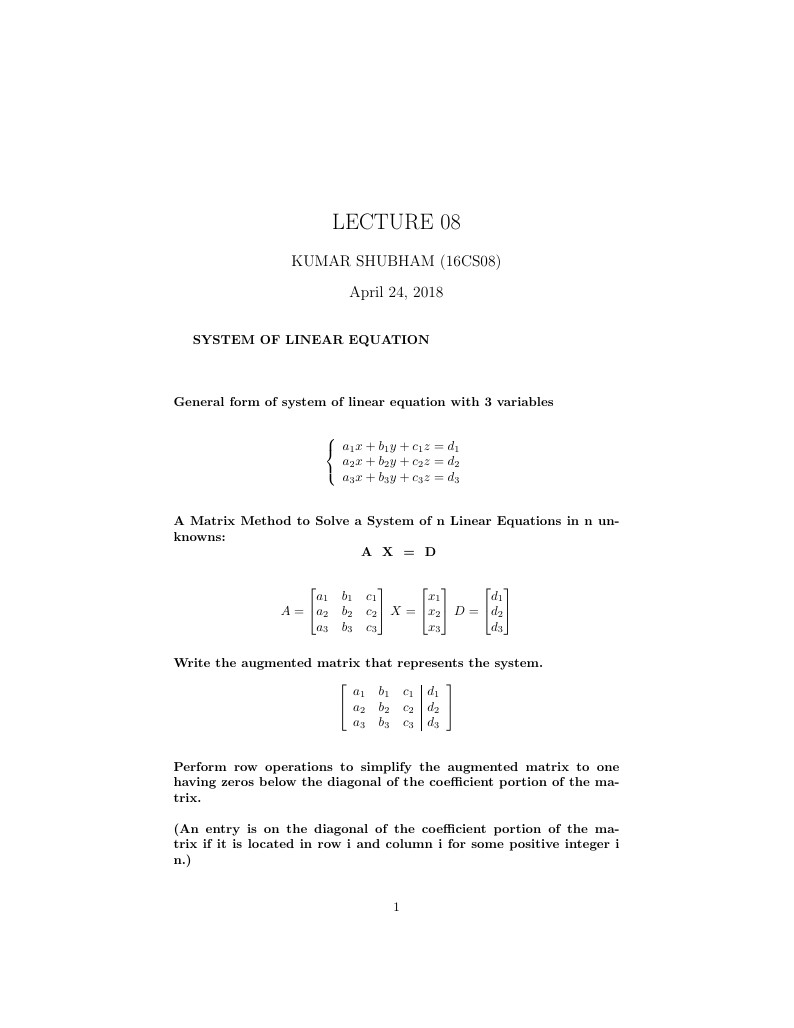
linear algebra using matrix
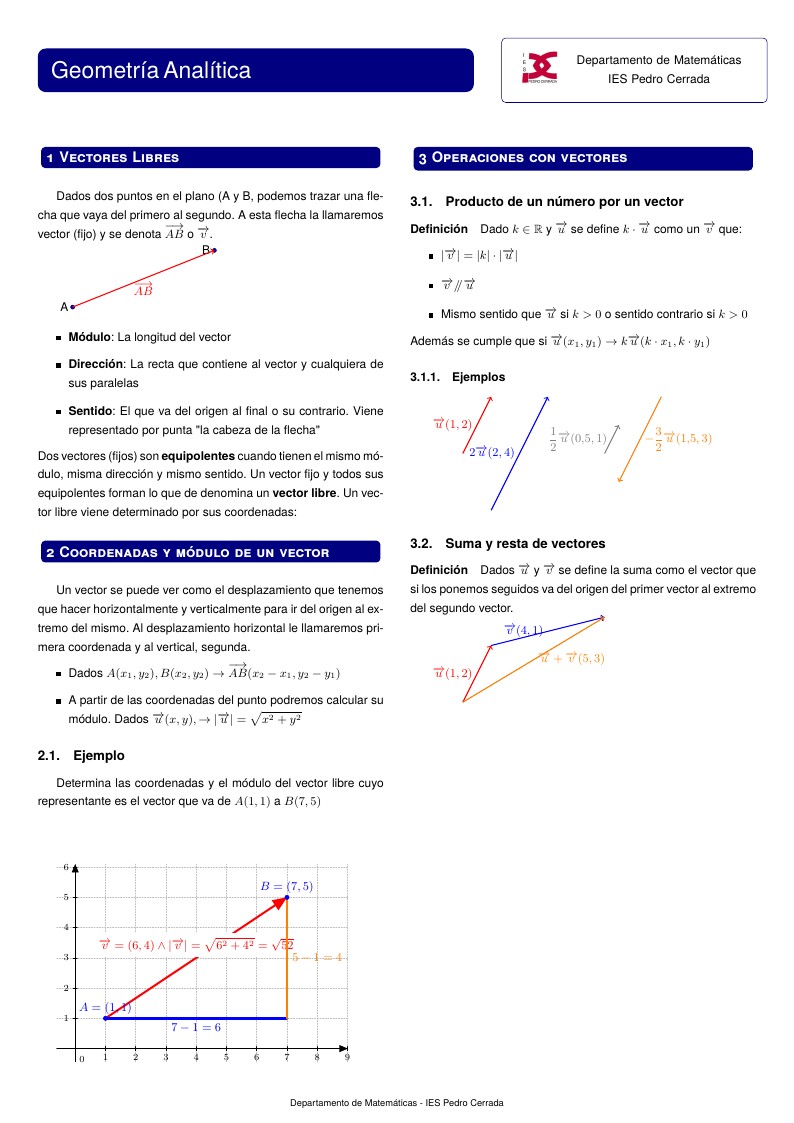
Geometría Analítica
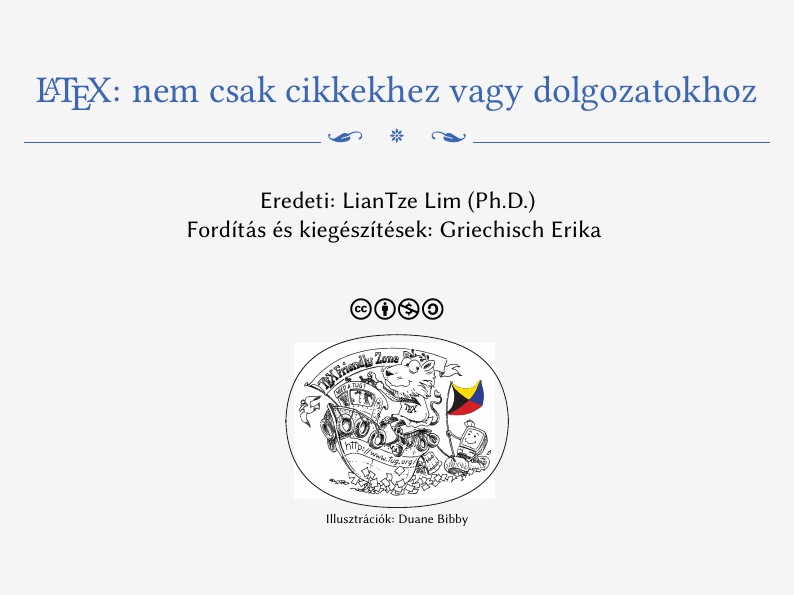
Original: \(\mathrm{\LaTeX}\): More Than Just Academic Papers and Journals Copyright Lim Lian Tze 2011-2018 Translation to Hungarian and extension by Erika Griechisch 2018 This work is licensed under a Creative Commons Attribution-NonCommercial- ShareAlike 3.0 Unported License. As this is quite a large project with many files and packages, users on the Free plan may not be able to compile it successfully on Overleaf. If that's the case, feel free to grab the PDF here, and download the sources as a .zip for offline perusal/compilation!
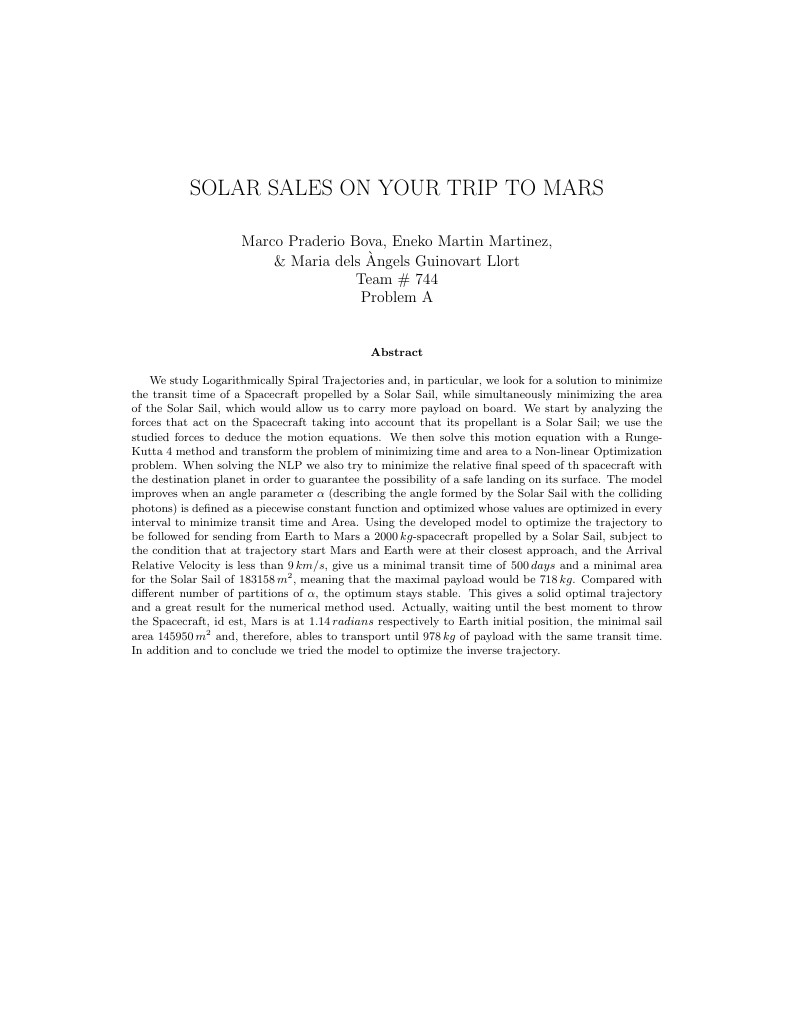
We study Logarithmically Spiral Trajectories and, in particular, we look for a solution to minimize the transit time of a Spacecraft propelled by a Solar Sail, while simultaneously minimizing the area of the Solar Sail, which would allow us to carry more payload on board. We start by analyzing the forces that act on the Spacecraft taking into account that its propellant is a Solar Sail; we use the studied forces to deduce the motion equations. We then solve this motion equation with a Runge-Kutta 4 method and transform the problem of minimizing time and area to a Non-linear Optimization problem. When solving the NLP we also try to minimize the relative final speed of th spacecraft with the destination planet in order to guarantee the possibility of a safe landing on its surface. The model improves when an angle parameter α (describing the angle formed by the Solar Sail with the colliding photons) is defined as a piecewise constant function and optimized whose values are optimized in every interval to minimize transit time and Area. Using the developed model to optimize the trajectory to be followed for sending from Earth to Mars a 2000kg-spacecraft propelled by a Solar Sail, subject to the condition that at trajectory start Mars and Earth were at their closest approach, and the Arrival Relative Velocity is less than 9km/s, give us a minimal transit time of 500days and a minimal area for the Solar Sail of 183158m2, meaning that the maximal payload would be 718kg. Compared with different number of partitions of α, the optimum stays stable. This gives a solid optimal trajectory and a great result for the numerical method used. Actually, waiting until the best moment to throw the Spacecraft, id est, Mars is at 1.14 radians respectively to Earth initial position, the minimal sail area 145950 m2 and, therefore, ables to transport until 978 kg of payload with the same transit time. In addition and to conclude we tried the model to optimize the inverse trajectory.
\begin
Discover why over 20 million people worldwide trust Overleaf with their work.